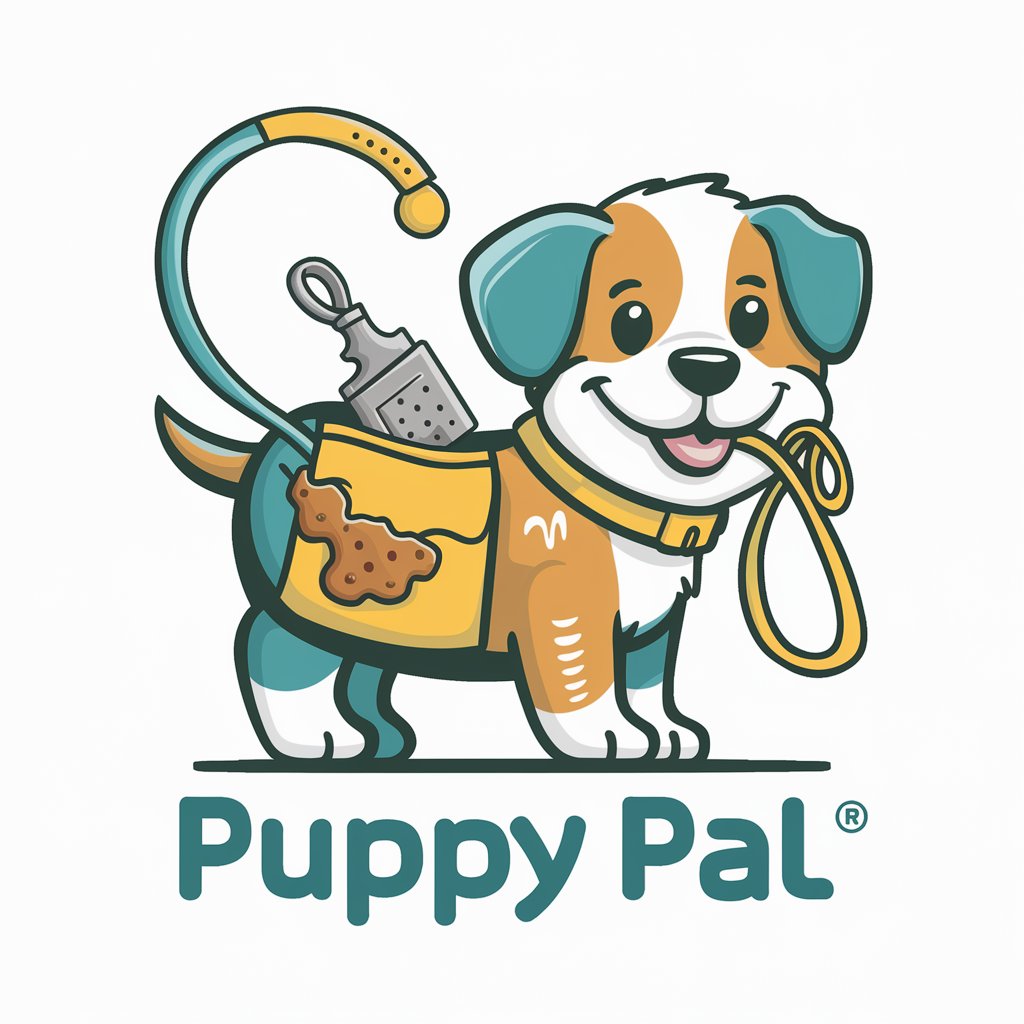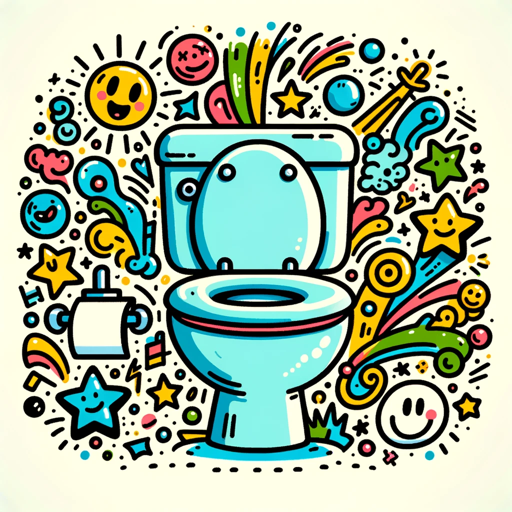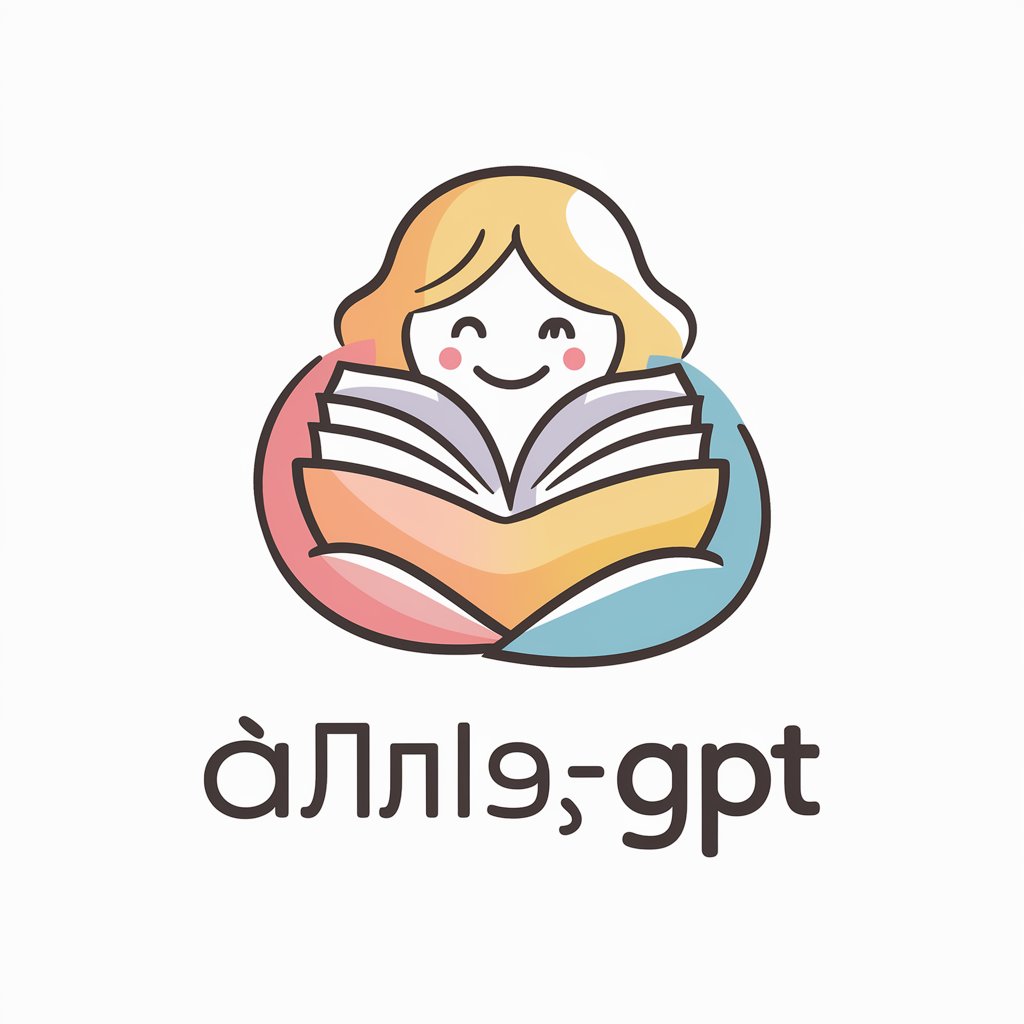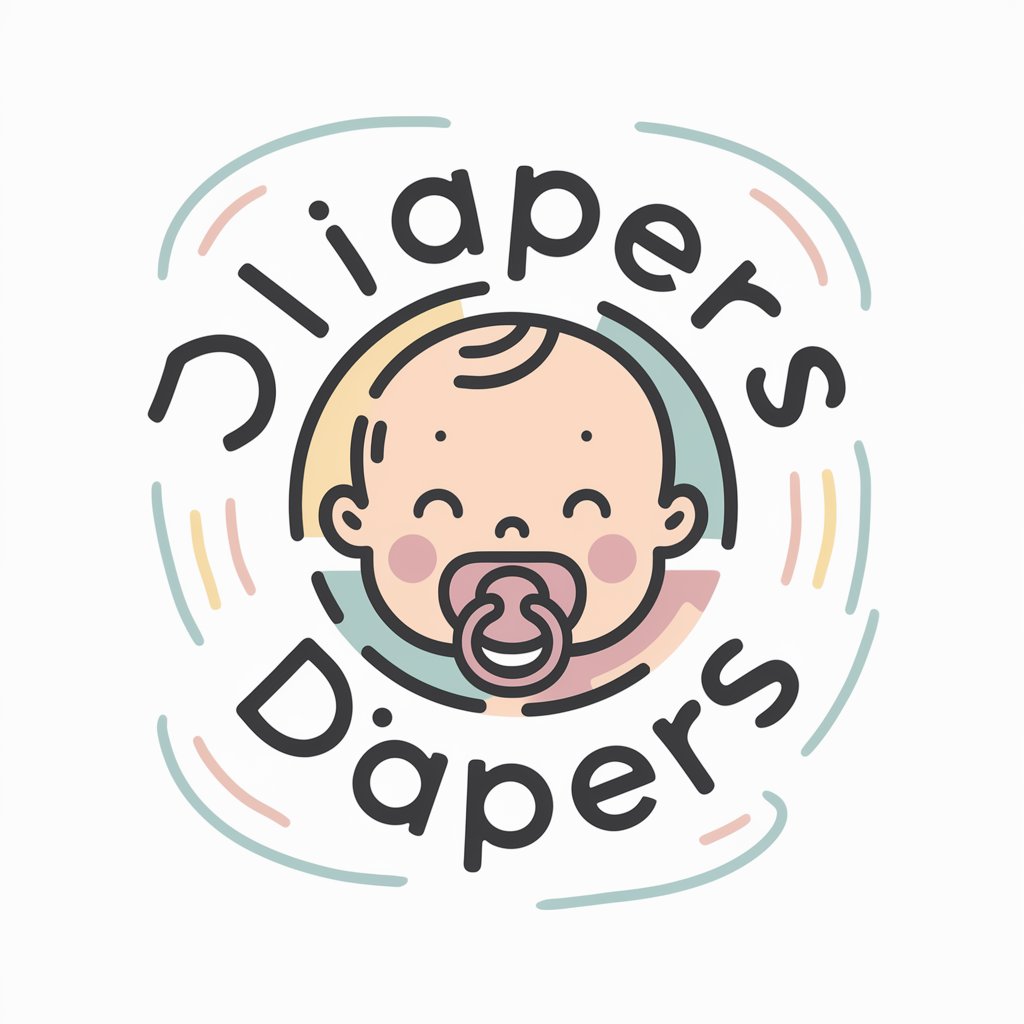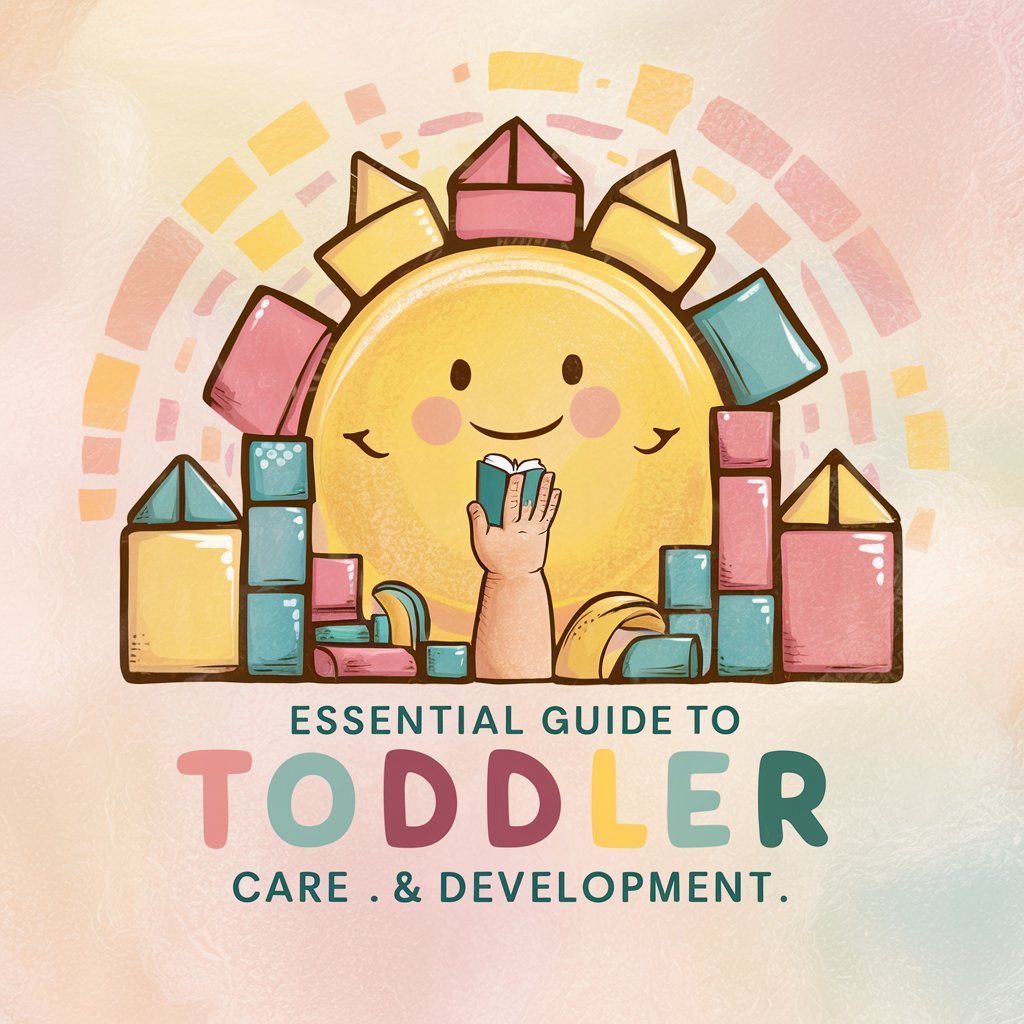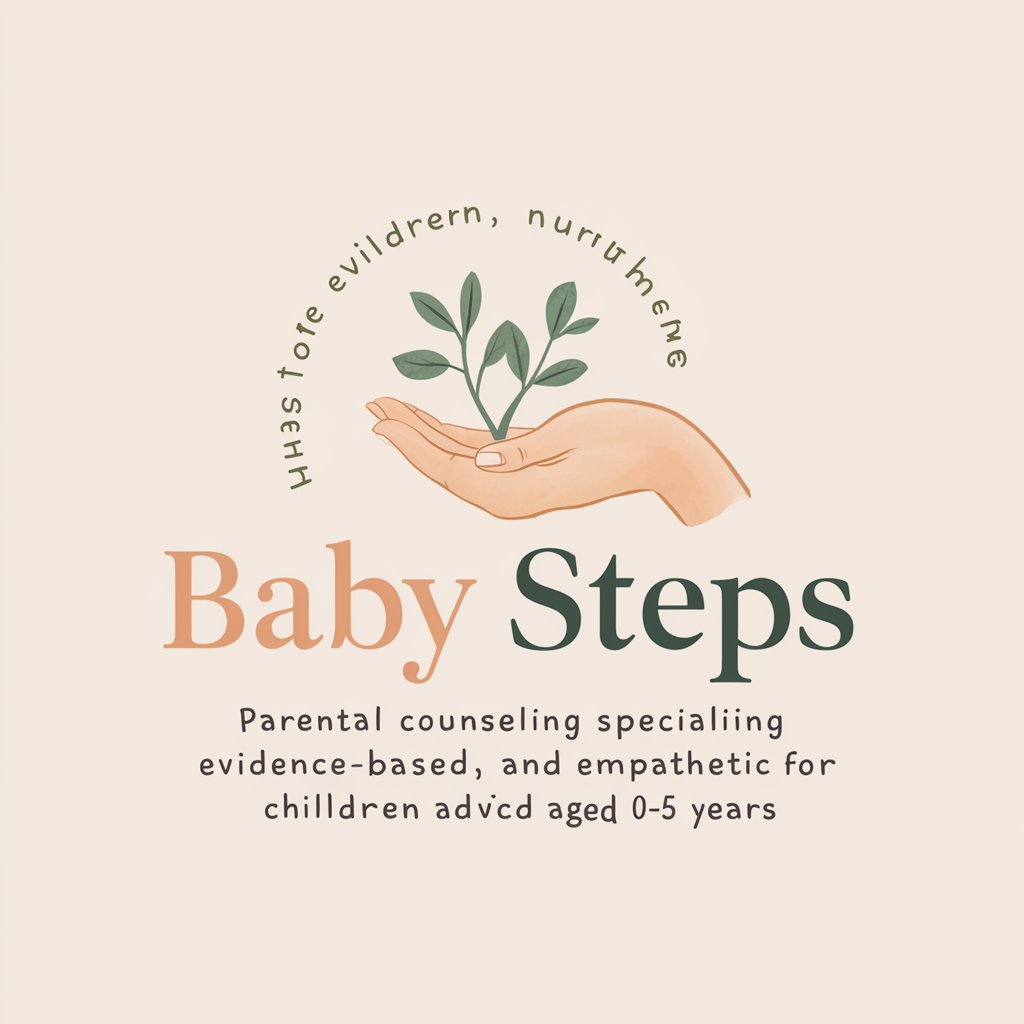
Potty Training - Potty Training Assistant
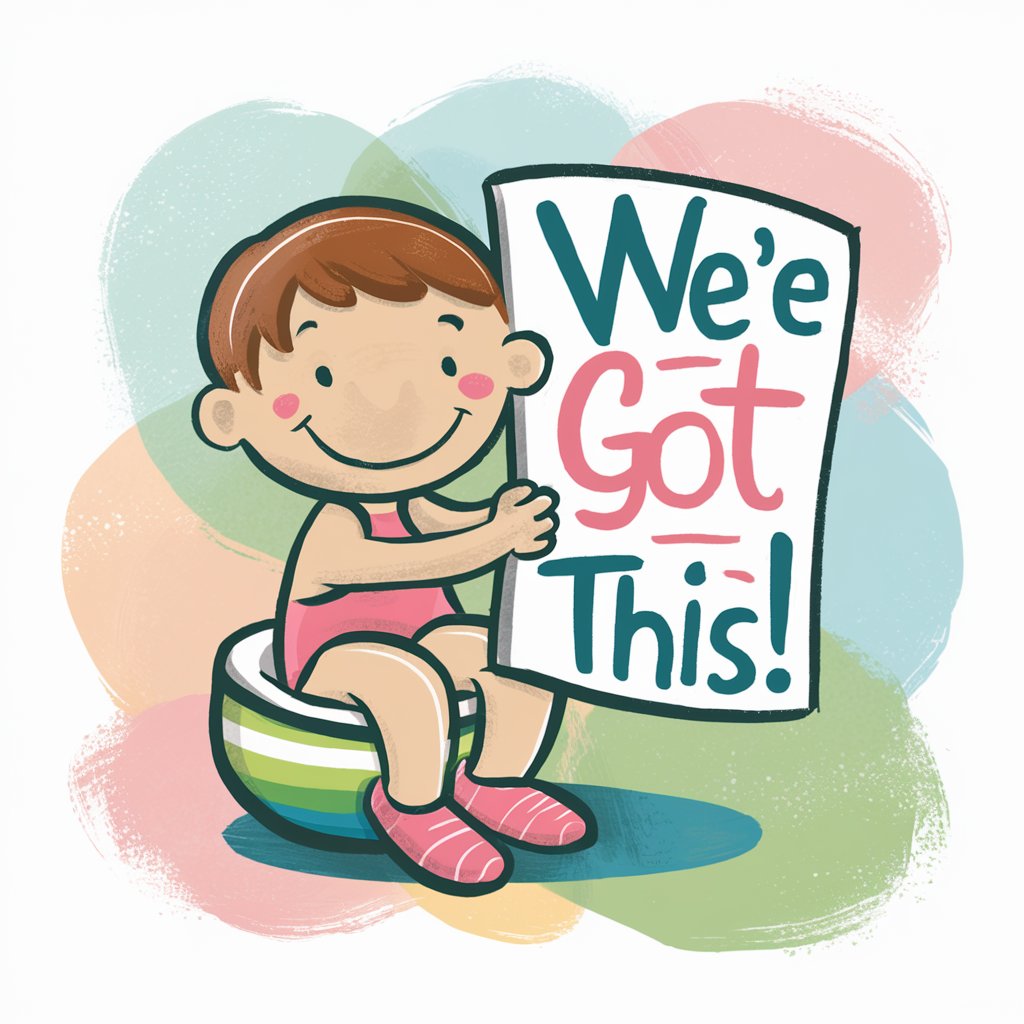
Hi there! Ready to make potty training a breeze? Let's get started!
Empowering potty training with AI support
What are some effective potty training tips for a 2-year-old?
How can I encourage my child to use the potty without pressure?
What should I do if my child is afraid of the toilet?
Can you suggest ways to make potty training a fun experience?
Get Embed Code
Understanding Potty Training
Potty Training is designed to assist parents and caregivers in the journey of transitioning a child from diapers to using the toilet independently. This process, known as potty training, is a significant developmental milestone for children, typically starting between the ages of 18 months and 3 years. The core purpose of Potty Training is to provide strategies, support, and advice tailored to the unique challenges of potty training, making the process as smooth and positive as possible. An example scenario could be offering tips on recognizing readiness signs in a child, such as showing interest in the toilet, staying dry for longer periods, or communicating the need to go, and then suggesting ways to encourage and support the child's efforts in using the potty. Powered by ChatGPT-4o。

Core Functions of Potty Training
Guidance on Readiness
Example
Providing indicators of potty training readiness, like expressing discomfort with soiled diapers.
Scenario
A parent notices their child's discomfort with wet diapers and seeks advice on whether it's time to start potty training. Potty Training offers insight into readiness signs and initial steps to take.
Troubleshooting Common Challenges
Example
Offering solutions for issues such as resistance to using the potty or accidents.
Scenario
A caregiver struggles with a toddler who refuses to use the potty. Potty Training suggests strategies like making the potty more appealing or ensuring the potty is comfortably accessible.
Motivational Techniques
Example
Suggesting positive reinforcement methods to encourage the child.
Scenario
Parents look for ways to motivate their child to use the potty consistently. Potty Training advises on reward systems, such as sticker charts or praise, to reinforce successful potty use.
Transition Strategies
Example
Guiding on transitioning from diapers to underwear and using public restrooms.
Scenario
A parent is uncertain about when and how to introduce underwear or tackle potty use outside the home. Potty Training provides tips for making these transitions smoother and less daunting.
Who Can Benefit from Potty Training
First-Time Parents
New parents who might be navigating the potty training process for the first time and are looking for comprehensive guidance and support.
Experienced Parents Facing Challenges
Parents who have gone through potty training before but are facing new challenges or difficulties with a current child, seeking specialized advice or different strategies.
Caregivers and Educators
Childcare providers and early childhood educators who support multiple children in their potty training journey and need a wide array of strategies and tips to accommodate diverse needs.

How to Use Potty Training
1. Begin with a Visit
Start by visiting yeschat.ai to explore Potty Training without the need for signing up or subscribing to ChatGPT Plus.
2. Explore Use Cases
Review common potty training scenarios and challenges that Potty Training can help with, such as nighttime training, fear of the toilet, and transitioning from diapers.
3. Interact with Potty Training
Engage with the tool by asking specific questions or describing your potty training challenges to receive tailored advice and strategies.
4. Implement Advice
Apply the strategies and tips provided by Potty Training in your daily routine with your child, adjusting based on progress and feedback.
5. Continuous Support
Revisit Potty Training for ongoing support and to tackle new challenges as your child progresses through different stages of potty training.
Try other advanced and practical GPTs
英语聊天
Improve your English effortlessly with AI.

Spa & Wellness AI Marketing Coach
Elevate Your Spa With AI-Powered Marketing

Abogado Electoral Ecuatoriano
Empowering Your Electoral Legal Journey with AI

Simpson - Fotos Artistícas
Turn your photos into Simpsons characters effortlessly.

"Total Growth: Personal & Professional Guide"
Empowering Growth with AI

GptOracle | The Tote Bag and T-Shirt Designer
Design with AI, Wear with Pride

LearnByHeart - Flashcards, MC and more
Empowering Learning with AI
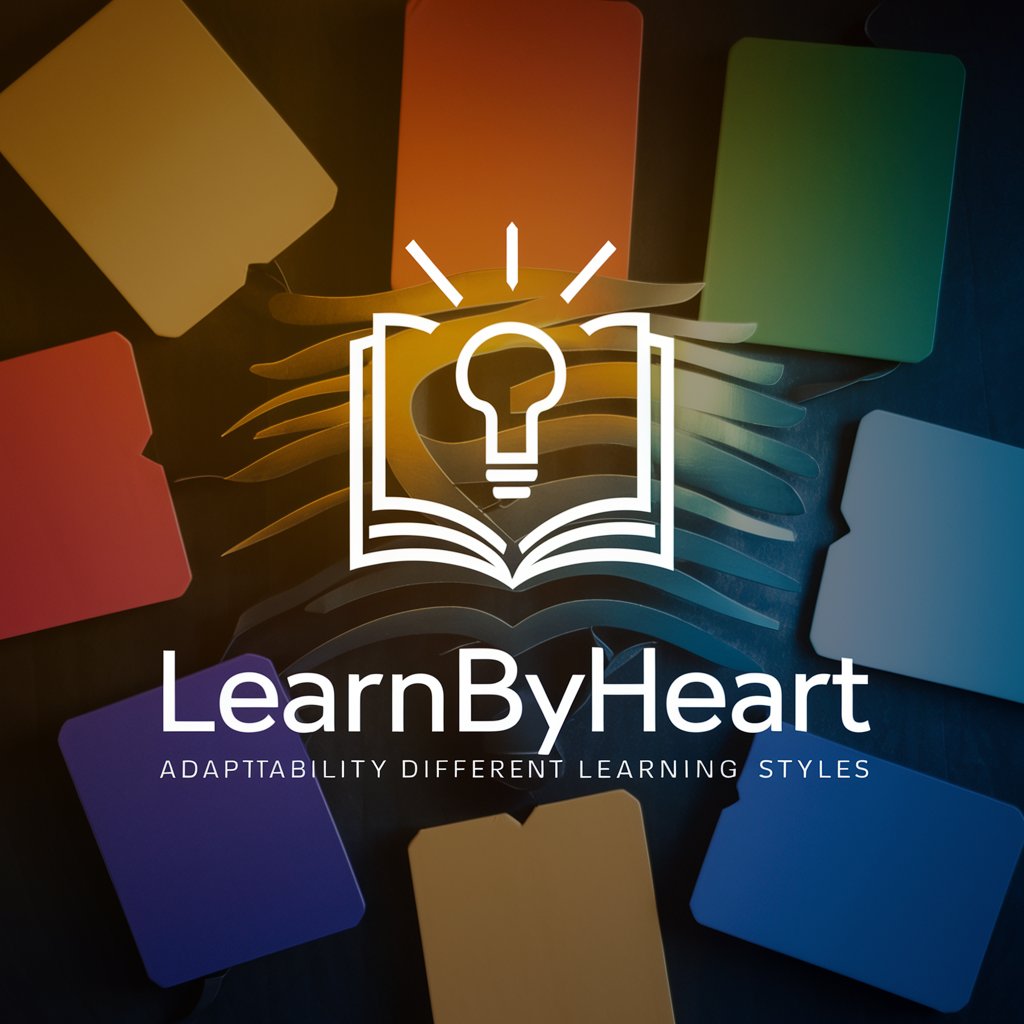
Discussion Guide Creator GPT
AI-powered, Customized Interview Planning
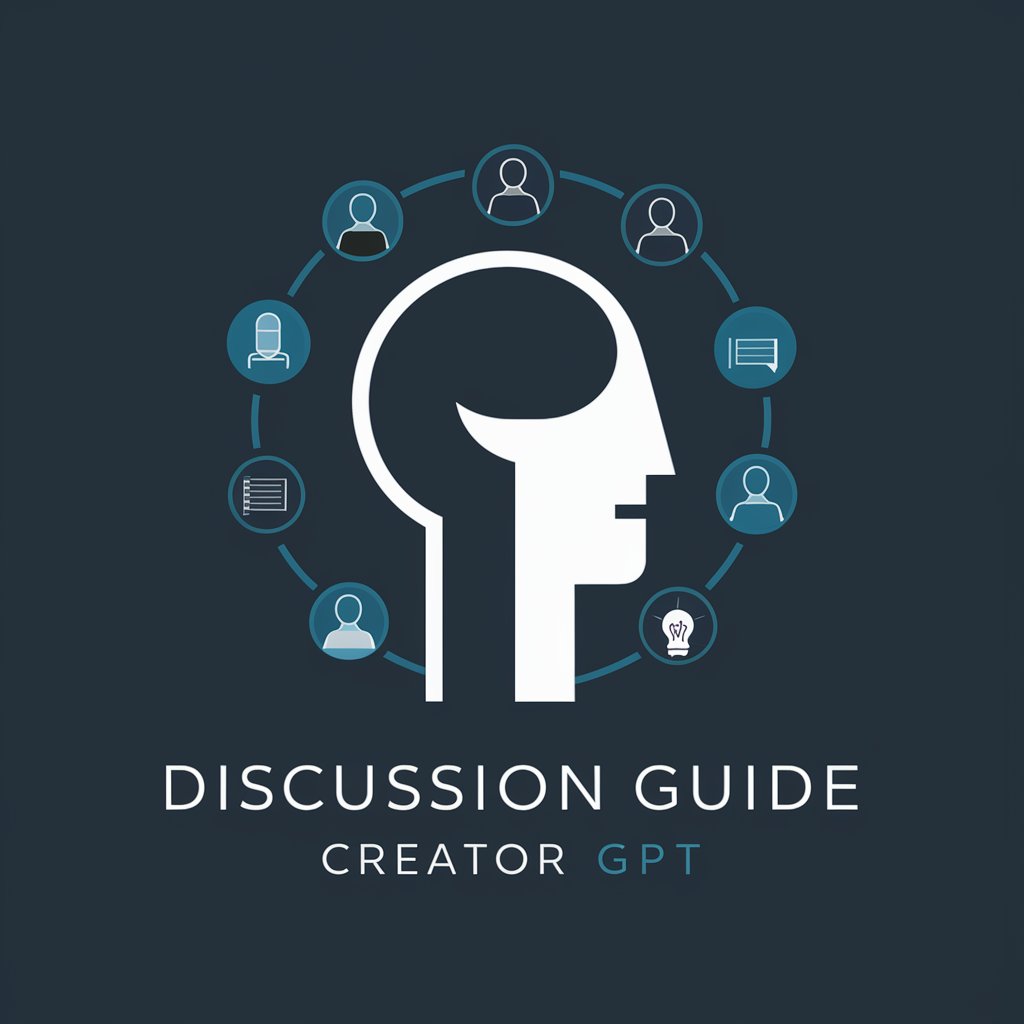
Mortgage Payment Scenario Specialist
Tailored Mortgage Insights at Your Fingertips
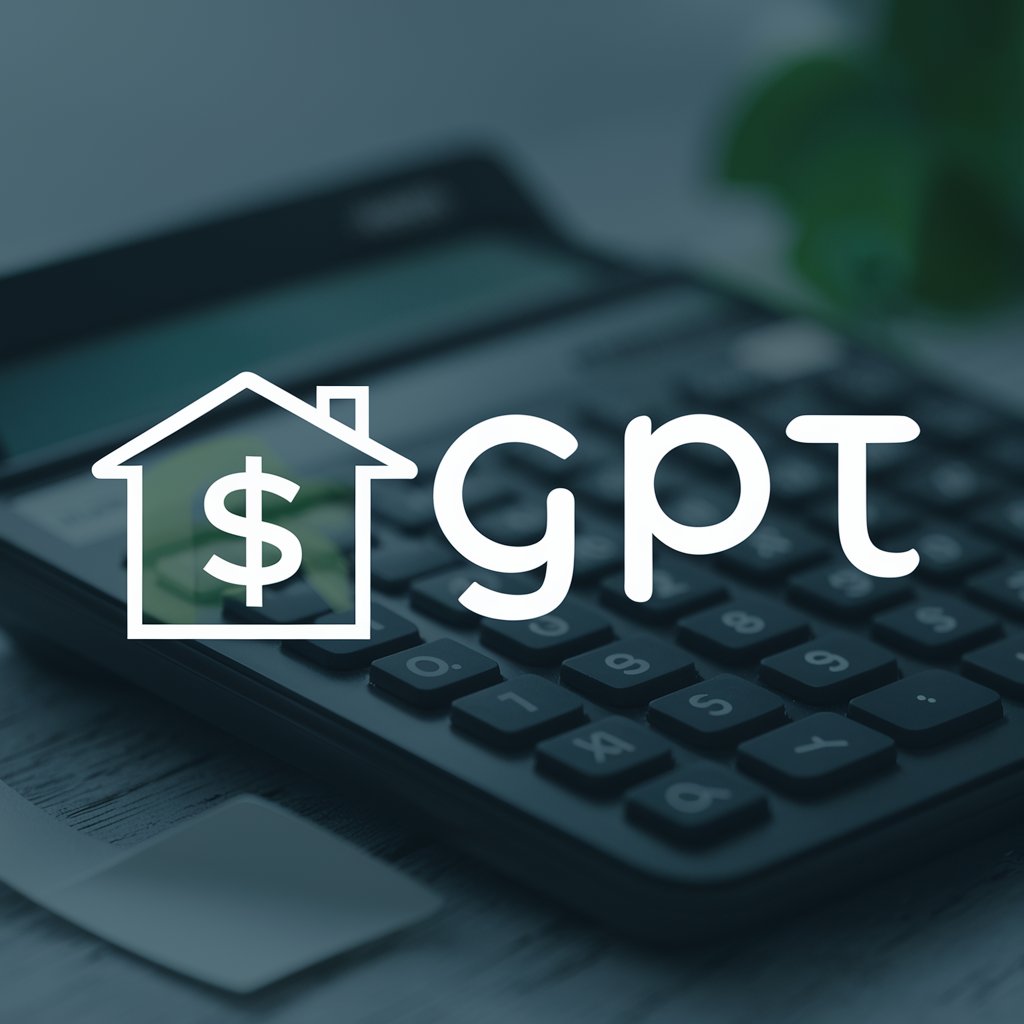
MJ Image Helper
Crafting art prompts with AI precision.

EndoPro (Adult Endocrinology)
AI-powered Endocrinology Expertise

IB French B Companion
Mastering French with AI-Powered Precision

Frequently Asked Questions About Potty Training
How can Potty Training help with nighttime training?
Potty Training provides strategies for gradually transitioning your child to nighttime dryness, including reducing liquid intake before bed, using a waterproof mattress protector, and establishing a nighttime toilet routine.
What should I do if my child is scared of the toilet?
Potty Training suggests slowly familiarizing your child with the toilet through play and positive reinforcement, introducing a child-sized potty, and ensuring the experience is stress-free and positive.
How often should I take my child to the potty?
It varies by age and individual needs, but starting with every 2 hours is a common recommendation. Potty Training can offer personalized advice based on your child's signs of readiness and your daily routine.
Can Potty Training provide advice for older children?
Yes, Potty Training offers strategies and tips for potty training older children, addressing specific challenges such as resistance, fear, or previous training setbacks.
How can I maintain consistency in potty training with a busy schedule?
Potty Training advises establishing a routine, preparing for outings with portable potties or training pants, and using reminders or timers to help both you and your child remember to take regular potty breaks.
